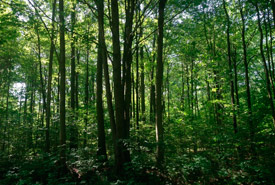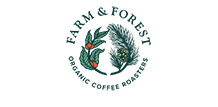Important Bird and Biodiversity Areas 101

Carolinian forest. (Photo by Jody Allair)
Important Bird and Biodiversity Areas (IBAs) are areas of land or water set aside by BirdLife International because they support habitat for birds that are at-risk or have large seasonal concentrations. These areas are diverse in size and habitat type, ranging from a small wetland section to a vast forest. IBAs do not have legal status, but are intended to highlight the importance of certain areas for birds and to encourage conservation efforts.
IBAs have been designated around the world using standard criteria, such as population trends, range and species conservation status. For example, if a bird species regularly appears in large groups within an area for breeding, wintering or migration, the area could qualify as an IBA. IBAs are categorized based on the scale of their importance. Some are nationally important because they support federal species at risk. Others are important from a continental and global level because they support a large portion of a species’ population. By protecting resting and nesting habitat for bird, these area help sustain migratory bird populations.
At the Nature Conservancy of Canada (NCC), we use IBAs to help identify key areas for conservation. To date, NCC has helped conserve 64 areas across Canada that include or are adjacent to IBAs, such as the Prairie Grassland Conservation Region in Alberta, Ontario’s Southern Norfolk Sand Plain Natural Area and Johnson’s Mills Shorebird Reserve in New Brunswick.



